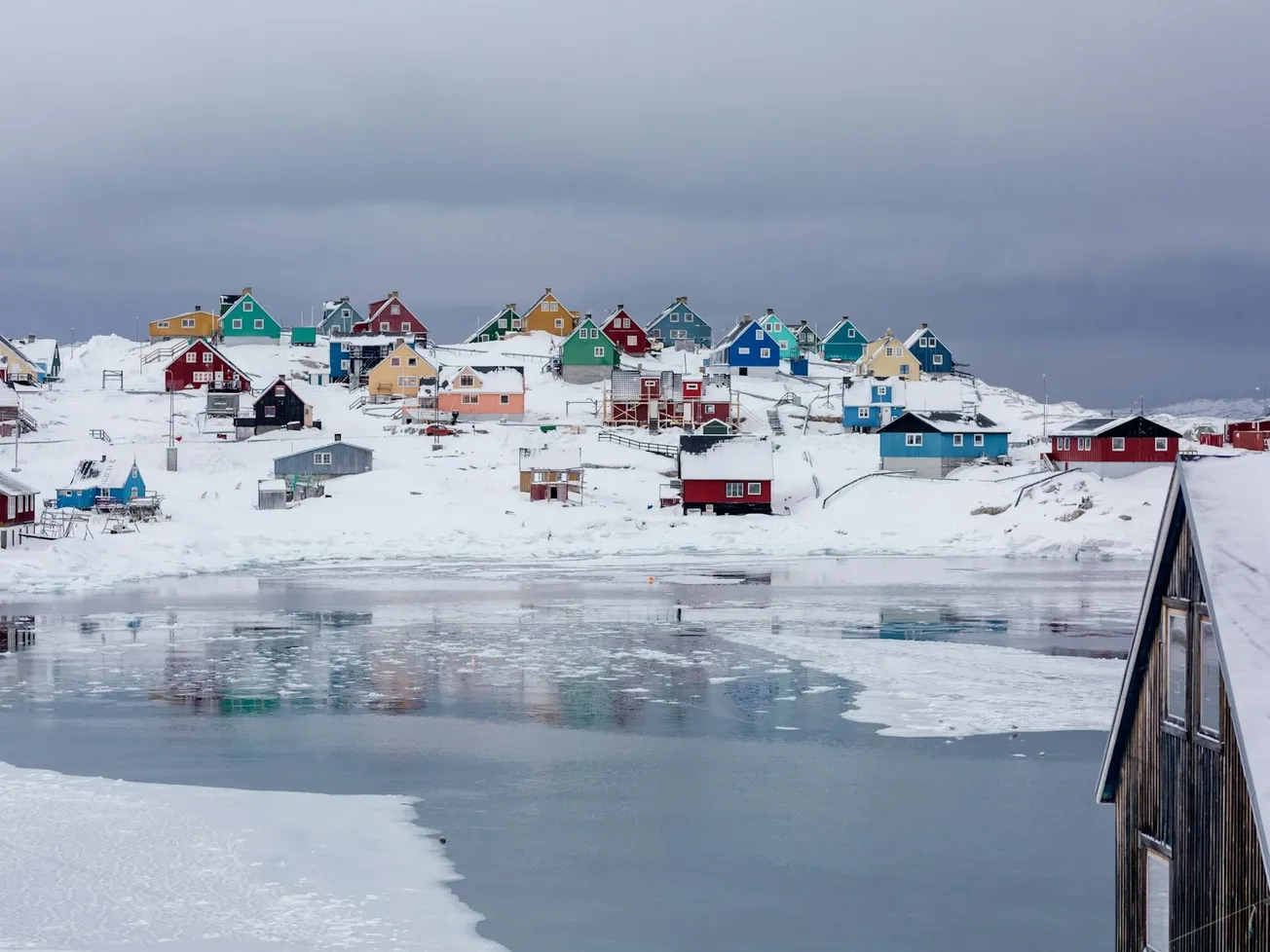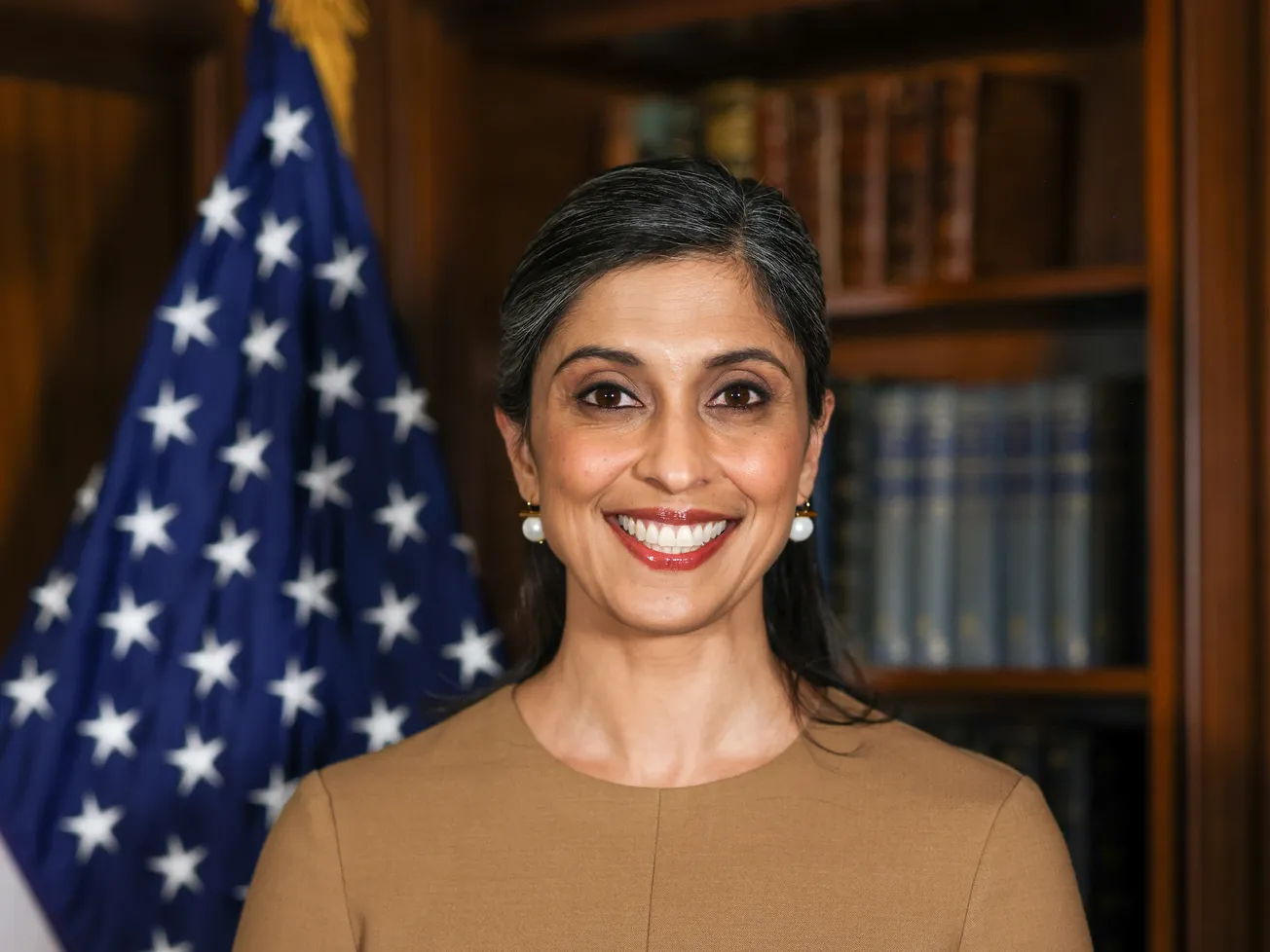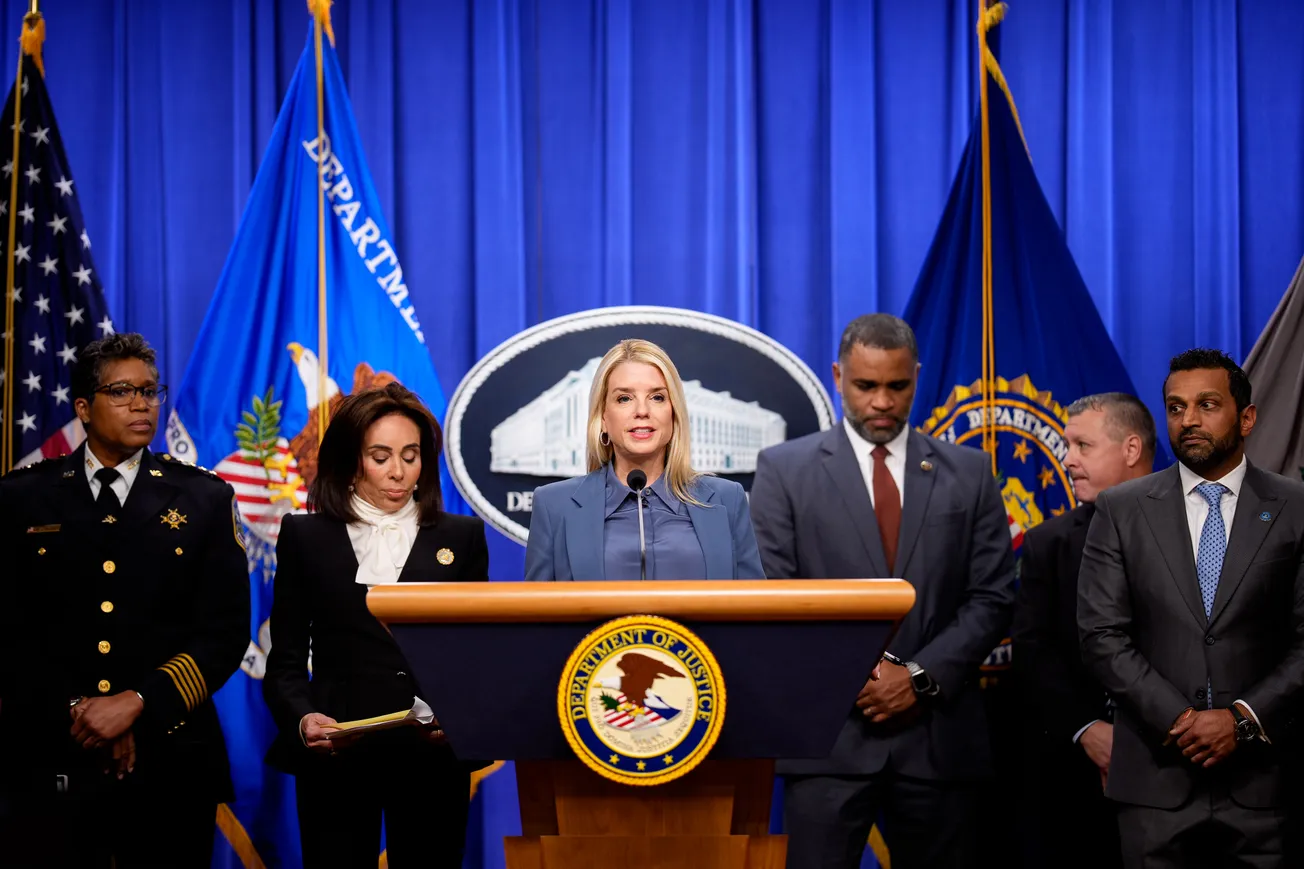President Trump first mentioned Greenland in August 2019, during his first term. He publicly expressed interest in buying the island and was, as usual, mocked by the liberal elite.
Greenland is a self-governing, autonomous territory under the Kingdom of Denmark. At Tuesday's press conference at Mar-a-Lago, Trump raised the issue again and threatened Copenhagen with steep tariffs if Denmark did not allow a vote on self-determination for Greenland's residents—whether to remain part of the Kingdom or become part of the United States. To understand why Greenland has become a focal point in global geopolitics, it’s essential to examine its historical, economic, and strategic context.
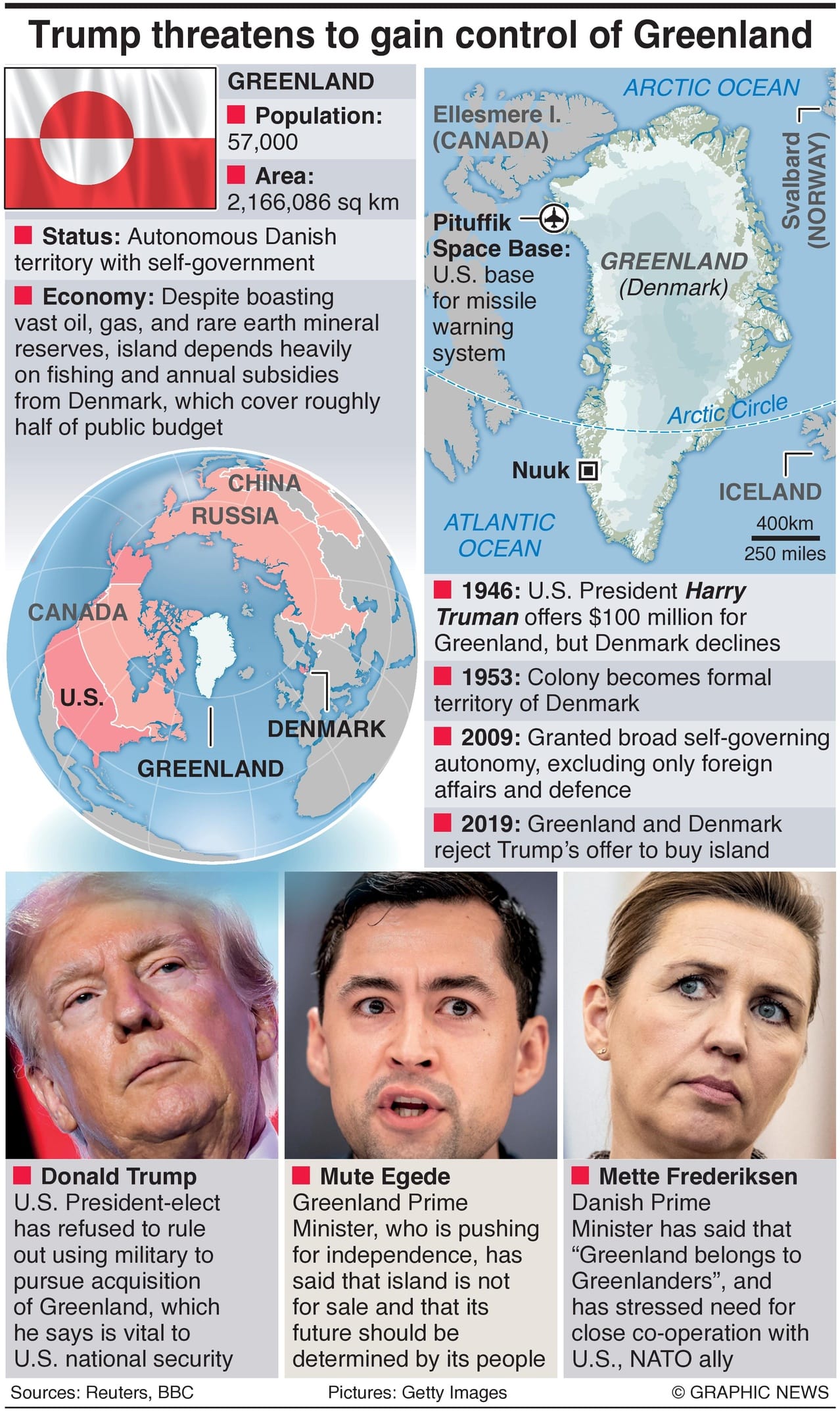
Greenland’s vast icy expanse and strategic location make it more than just a territorial prize—it’s a keystone in the Arctic power struggle, with implications for security and commerce.
The Trump campaign towards Greenland has been excellently managed so far. As the president-elect was winding down his press conference, Trump Force One, his Boeing 757, was taking off from the ice-covered island, on its return to the United States. Among the passengers were Don Trump Jr., the elder son of the President-elect and a close confidant, and Charlie Kirk, an influential youth leader who drove millions of young people to vote for Trump in November. The overall message was clear: acquiring Greenland is high on the list for the 47th president.
Precedent
Curiously, the last time an American president acquired territory also involved Denmark. President Harry Truman signed the Treaty of Paris with Denmark, officially transferring the Virgin Islands to the United States. This acquisition occurred in 1917, but the formal treaty was ratified in 1947, marking the last significant territorial acquisition by the U.S. through presidential action.
If a treaty is signed in the future, Greenland’s residents could instantly acquire United States citizenship. They would continue paying taxes to Greenland (as opposed to the IRS) but enjoy full Social Security and Medicare benefits funded by the United States Treasury. They would not be entitled to vote in federal elections as they would not have voting representation in Congress or for President. In a self-determination vote, Trump hopes that most islanders would vote to secede from Denmark and join the United States.
During the press conference, Trump alluded to the proposal as a national security measure in the hopes that it would get him bipartisan Congressional support.
Strategic Location
Greenland is the world's largest island, with an area of approximately 836,330 square miles. The Greenland Ice Sheet covers a substantial portion of the area, with depths reaching about 2 miles. The population is relatively small, around 56,000, and they predominantly live on the southwest coast. Indigenous Inuit have inhabited the island for more than 3,000 years and are largely involved in traditional hunting and fishing. Assimilating such a small population as an unincorporated U.S. territory wouldn't be difficult if Trump offered the same benefits to Greenland residents as those enjoyed by the Virgin Islands.
Greenland's location in the Arctic makes it attractive to the United States. Currently, control over the Arctic's waters and resources is primarily determined by the United Nations Convention on the Law of the Sea (UNCLOS), with five countries that border the Arctic—Canada, Denmark (via Greenland), Norway, Russia, and the United States (via Alaska)—having substantial influence over Arctic policy.
Arctic – The Future
The Arctic's significance primarily stems from the ocean's connection to the Atlantic and Pacific Oceans through various straits and passages, which are crucial for naval operations, including submarine traffic. The Arctic is believed to hold vast reserves of oil, natural gas, minerals, and fish, making it a region of economic interest. The desire to control, exploit, or access these resources could influence military strategies to protect or assert claims. As the ice recedes due to climate change, and new shipping routes—like the Northern Sea Route and the Northwest Passage - become viable, maritime governance of the region will become a top priority.
Trump recognizes that the Biden administration's foolish foreign policy of supporting Ukraine militarily and financially to protect the so-called rules-based international order (and pave the way for Ukraine's membership in NATO) pales in comparison to the threat that America faces with an aggressive Russia controlling the Arctic.
Trump referred to both Russia and China at his press conference, acknowledging that the two countries are on his radar as strategic threats to American national security. While China is not part of the Arctic Five, its recent "Partnership Without Limits" closeness to Russia concerns Washington. Russia operates the world's largest nuclear arsenal, and China has built the world's largest standing army. Both countries have technological capabilities (for example, Russia's hypersonic missile) that, in some cases, are superior to America's.
Russia has significantly increased its military presence by reopening and modernizing Soviet-era bases and investing heavily in Arctic operations. The Arctic's unique environment facilitates strategic submarine activity, particularly for nuclear-powered ballistic missile submarines, which can operate beneath the ice for extended periods. Additionally, the region's harsh conditions mean that surveillance, communication, and intelligence gathering require specialized technology for missile defense systems, which include the defense of North America from ballistic missile threats.
Trump correctly views the Arctic's military significance - involving a complex interplay of geopolitical strategy, resource control, environmental changes, and technological advancements - as far more critical to global security than the Russia-Ukraine war. "I'm talking about protecting the Free World," Trump said.
The President-elect’s words have been heard in Copenhagen. Though, in 2019, Trump’s plans for Greenland were dismissed as ‘absurd,’ much has changed since. The Danish Foreign Minister Lars Lokke Rasmussen told reporters, “We are open to a dialogue with the Americans on how we can possibly cooperate even more closely than we do to ensure that the American ambitions are fulfilled,” signaling that the Danes are not keen on jeopardizing diplomatic ties with a close ally and fellow NATO member.
Stateside, for the first time since Ronald Reagan, who single-handedly ended the Cold War without a shot being fired, we are witnessing Trump's vision for American hegemony. MAGA just took on a whole new dimension.
Jimmy Carter's Final Farewell
Jimmy Carter’s state funeral, a national tribute traditionally reserved for heads of state, moves to Washington DC, culminating in a National Cathedral service on Jan 9, then a private burial in his hometown of Plains, Georgia.
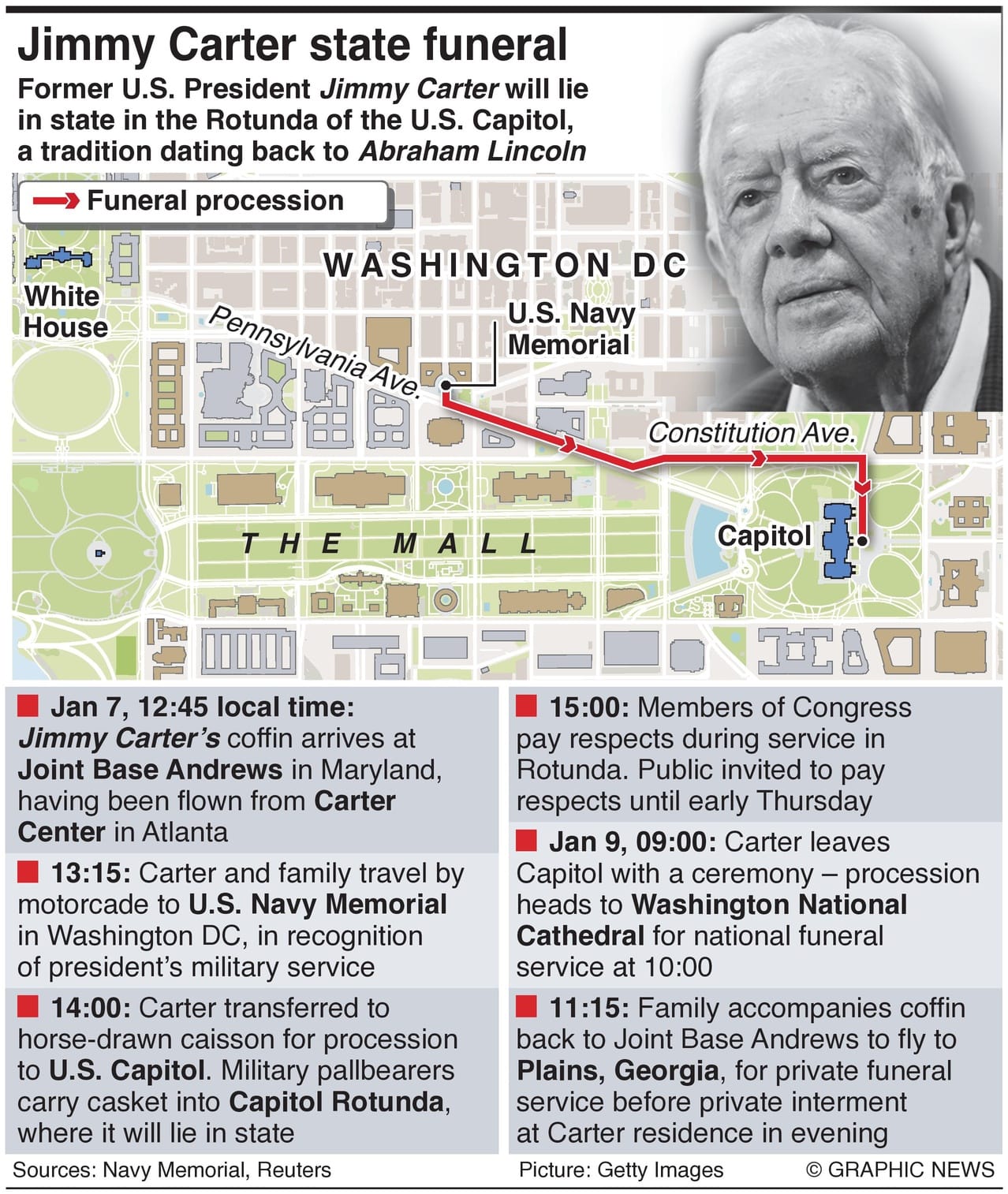
Jimmy Carter, the 39th president of the United States, was a broker of peace in the Middle East and a tireless advocate for global health and human rights. He died on December 29 at the age of 100.
In Washington, he will lie in state in the Rotunda of the U.S. Capitol Jan 7 through the morning of Jan 9, a tradition dating back to Abraham Lincoln.
President Joe Biden will deliver the eulogy at Carter's Washington, D.C. funeral. All four living former presidents are also expected to attend: Bill Clinton, George W. Bush, Barack Obama, and Donald Trump, who takes office again in the White House this month.


